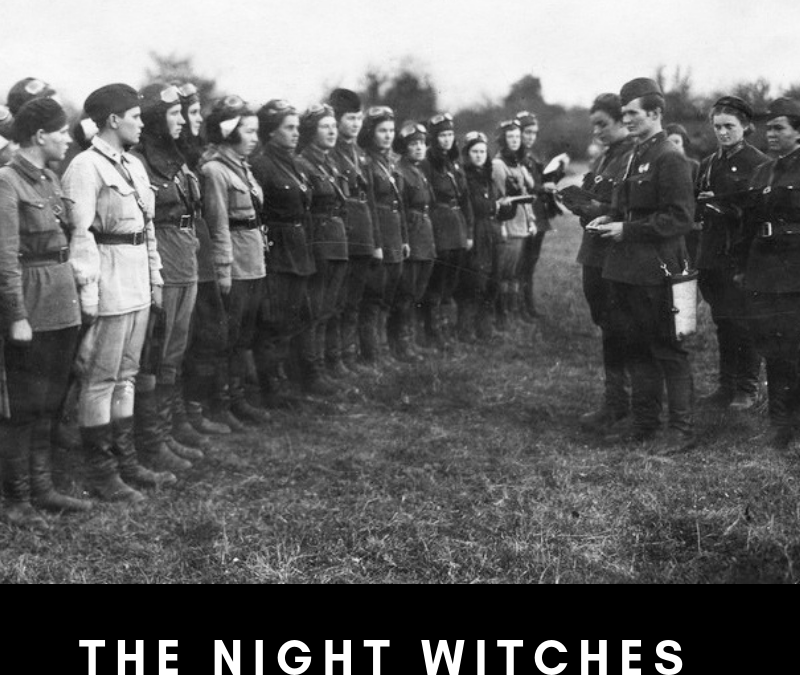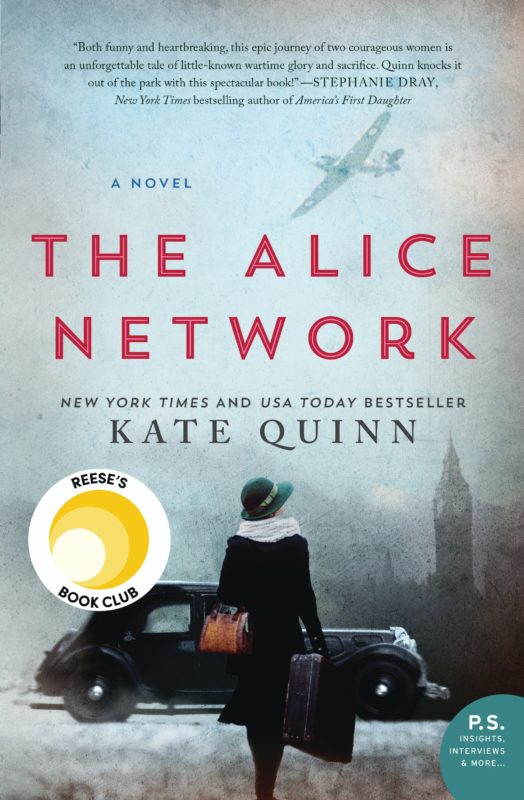“I’ve been given 112 little princesses; what am I supposed to do with them?”
That was a Russian general’s response, at the height of World War II as the Nazis rolled unstoppably into the Soviet Union, when he was presented with what would eventually be called the 46th Taman Guards Night Bomber Aviation Regiment: an all-female regiment of fliers. One hundred and twelve women who had been flying planes since their teens, who had trained for months for a chance to fight and defend their homeland, and who were less than thrilled to be called “princesses.” They would eventually go on to earn the nickname “the Night Witches” for their spectacular war record against Hitler’s eastern front.

Witches and princesses—all little girls are raised on stories of witches and princesses. 21st century girls grow up with Disney princesses: their candy-colored skirts and passionate Alan Menken ballads, blocked from their handsome prince by a sinister witch in black eyeliner, horned headdress, or tentacles. The Russian girls who joined the Soviet Union’s only all-female night bomber regiment would have heard the story of Vasalisa the Beautiful, peasant girl elevated to royalty by a lovestruck tsar after she outwits malevolent Baba Yaga, the witch with the mortar and pestle. Princess myths tell little girls that if they are patient and good, they will be rewarded with glittering crowns, handsome husbands, happiness in the ending credits. Someday your prince will come; just fold your hands and look pretty and wait.
But at some point, the girls of yesterday and the girls of today get tired of waiting and start doing.
In 1941, the young women who joined the Night Witches were not fazed when they were told the Red Air Force was not accepting females. They barnstormed their way into the fight, championed by famous aviatrix Marina Raskova who was the Soviet Amelia Earhart and who used her fame and connections to get her protegees to the front. Once there, they cut off their long hair, donned the world’s ugliest overalls over men’s briefs (because the USSR did not have military-issued underwear designed for women) and racked up a lethal record against the invading Nazis—who, whenever the bombardment from above was particularly unrelenting, warned each other “Look out, the ladies are in the air.”
In 2020, young women aren’t waiting, either. More young women than ever are postponing family and marriage to establish careers, lining up at the polls to vote on what they think is important, planning on running for office. They’re reading “Teen Vogue” not just for the beauty tips, but for the articles on constitutional ethics. They’re marching in the streets and demanding to be heard…and in return, they’re nicknamed “witches,” too. And other names much more offensive.
But despite our childhood myths, the witch doesn’t have to be the villain. The witch in a fairy-tale is always powerful and ambitious and unapologetic about what she wants, and when the princess clashes with her, she gains a new power all her own.

Young women of today have taken the princess role and expanded it to encompass the witch, just as one hundred and twelve Russian girls took pride in their transformation from princess to witch by the forces of war and self-determination. A Russian general who snorted at the idea of bringing girls into battle was soon handing them medals for bravery in combat, and twenty-first century naysayers are learning just how powerful young women can be when they raise their voices in boardrooms, classrooms, and chatrooms across the world.
More than a princess. More than a witch. Like the women of the 46th, take to the sky and soar.








